Don't wanna be here? Send us removal request.
Text
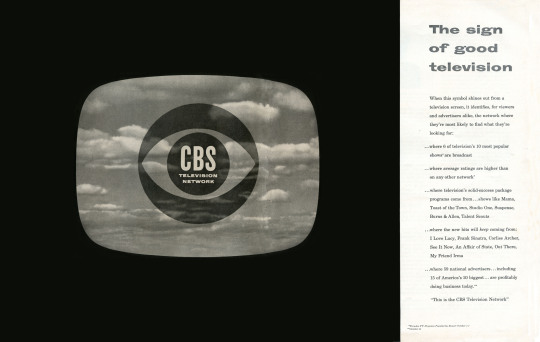
The Classic Network System
The Classic Network system lasted from 1960 to about 1980, It is marked by highly centralized network control over all phases of the industry such as production, distribution, and exhibition. This produced a period of tight vertical integration, similar to that of the movie studios before 1947, and of oligopoly because only three networks dominated this period of broadcasting. Production control stemmed from a system of ownership interests, with multiple ownership interests, with multiple sponsorship limiting the influence of advertisers.
Color television became the industry standard in 1956, with NBC leading the way because its parent RCA’s color system had won the standardization war. CBS and ABC trailed behind, as the nation’s local stations struggled to rely on black and white until the mid-seventies. Other related areas of industry economics came under investigation in these years. for example, the Nielson ratings system, who numbers appeared completely compromised by network interference.
Only Connect: A Cultural History of Broadcasting in the United States- Fourth Edition pgs.214-215
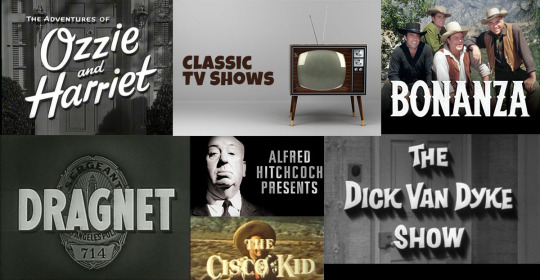
Examples of Classic Network shows during the 1960s/70s/80s time period
Television under construction: http://sterneworks.org/tvunderconstruction.pdf
Cinema and the age of television: http://onlinelibrary.wiley.com/doi/10.1002/9780470671153.wbhaf096/abstract
Based on what you know, how would you explain The Classic Network System?
The Classic Network system was a TV system that originally showed black and white programming then later progressed to color TV in the 1960s, every TV show ran on a schedule like how it does today. every show having a specific time slot on when it aired and was usually viewed by a large audience unlike today where it’s viewed by a much smaller audience. Producers competed against one another but some struggled to stay afloat in the industry being overrun by shows with a larger audience with a reputation as opposed to a show that had little to no reputation with its audience at all. After all, television was once Americas (and other surrounding nations) favorite pastimes and still is to a degree to this day but with other forms of pastimes such as mobile games and video games, Most of if not all of the classic television shows have seen a decline in viewings as a result. The Classic Network System is still around today but with less viewers and decreased in popularity.
Hall
1 note
·
View note
Text
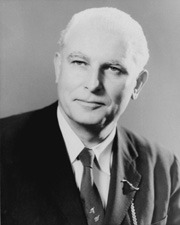
Thomas Dodd
“TV and Violence”
It is not surprising that the next wave of social dystopian concern over television went down precisely this path. Senator Thomas Dodd of Connecticut sprang onto the violence bandwagon in June 1961. ushering in three more years of hearings and investigation on juvenile delinquency, still not a widespread social phenomenon and its links to TV, in particular.
Once again, Dodd failed to follow through with any kind of meaningful recommendations or remedies. In fact, precisely the kind of programs that Dodd’s researchers had condemned action-adventure shows, westerns, cartoons proliferated on television and became some of the most highly rated shows in both network run and syndication.
Only Connect: A Cultural History of Broadcasting in the United States: Fourth Edition Michelle Holmes pg.218
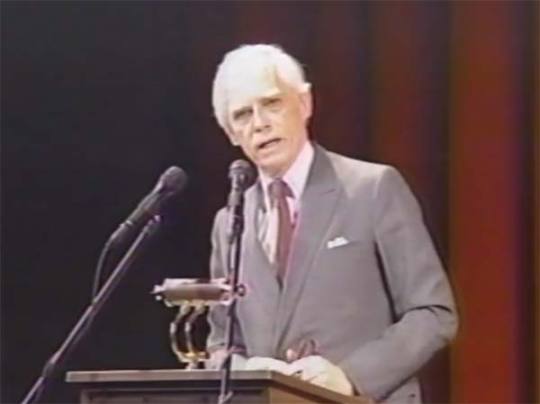
Thomas Dodd 70 years later giving a speech in Nurmemberg, Germany
Speech: http://www.connecticutmag.com/Blog/Connecticut-Today/November-2015/Thomas-Dodd-at-Nuremberg/
Speech on Gun Control: http://connecticuthistory.org/thomas-j-dodd-and-the-gun-control-act-of-1968/
What is your opinion of TV and Violence?
Television and Violence is mostly associated with and has a major impact/influence on children. Children who watch programs on violent programs on television develop violent tendencies. However, it’s not always television that causes or develops violent tendencies in children. honestly television and violence is over-exaggerated by the media as a whole.
Hall
1 note
·
View note
Text
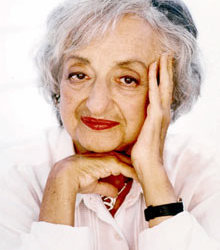
Betty Friedan
Betty Friedan was a writer, feminist and womans rights activist who wrote The Feminine Mystique and co-founded the National Organization for women.
More on Friedans biography and history here:
http://www.biography.com/people/betty-friedan-9302633#synopsis
more on Friedmans topselling book found here:
http://www.aas.org/cswa/status/2006/JUNE2006/BettyFriedan.html
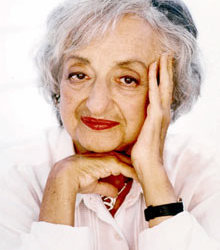
How would broadcasting be different today if Friedan hadn’t led 2nd Wave Feminist movement?
Despite the backlash Betty Friedman received over this, it helped spark rights for women to broadcast and have the ability to voice themselves and be able to approve on certain real world issues effecting the media and society today.
According to Women: Neglected Assets, the ideal consumer consisted of the housewife at home whose main task was spending money on cosumer goods for her family, it would take several years for TV’s representational system to catch up with the needs and interests of the emerging “new woman”
Only Connect: A Cultural History of Broadcasting in the United States: Fourth Edition pg. 206-207 Michele Hilmes
Hall
4 notes
·
View notes